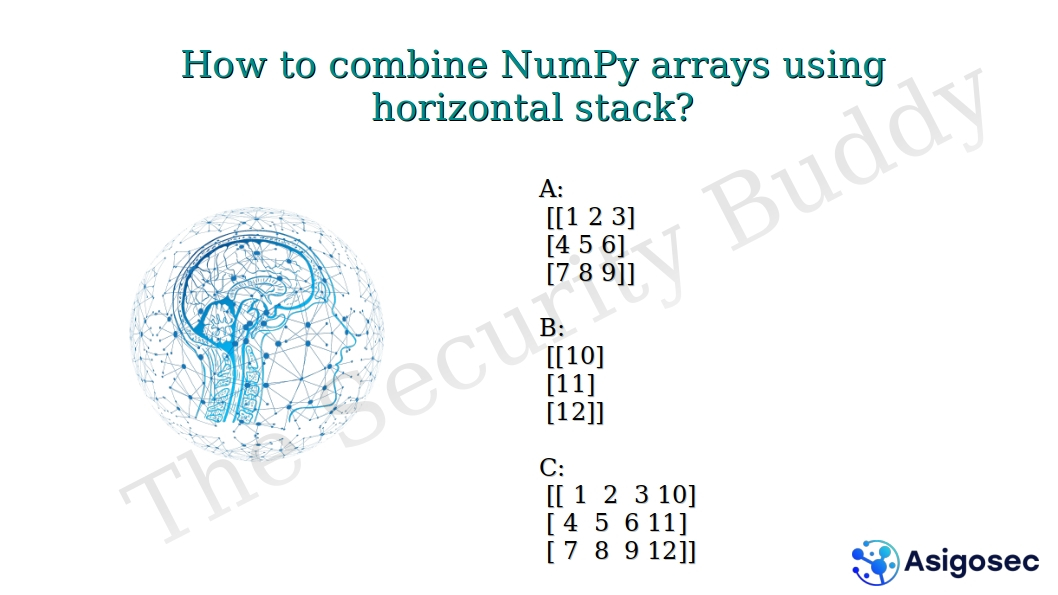which is used along with the symmetric key at the time of encryption. It can randomize the plaintext message so that the same plaintext message produces different ciphertext messages each time it is encrypted, even with the same symmetric key.
Block ciphers are widely used in many software programs. Data Encryption Standard (DES), RC5, Advanced Encryption Standard (AES), and Blowfish are some examples of block ciphers.
What is public key encryption?
As discussed already, symmetric key encryption uses the same secret key at the time of encryption and decryption of data. But, this may be inconvenient at times. For example, if two users want to transfer some encrypted messages between them over the internet using symmetric key encryption, they would need to share the secret key with each other. This may not be possible all the time. To address that, public key encryption is used.
Public key encryption is an encryption process in which two different keys are used for encryption and decryption. Typically, one key is used for encryption, and the other is used for decryption. These keys are called private keys and public keys.
Each user who wants to use public-key encryption must create a key pair consisting of a public key and a private key. The private key must be kept secret to the user, and the public key can be distributed to others who want encrypted communication with the user.
If a plaintext message is encrypted with the private key, it can be decrypted with the public key. This makes public key encryption much more convenient for encryption, decryption, and digital signatures.
If Alice wants to send an encrypted message to Bob, she would need to encrypt the message using Bob’s public key. Bob can decrypt the message using his private key and read it. As the private key is kept secret to Bob, only Bob can decrypt the message and read it.
But, at the same time, Bob may need to ensure the encrypted message is sent by Alice only and not by anyone else using Bob’s distributed public key. Digital Signatures are used for that purpose. Alice can make a digital signature of the message using her private key and send it to Bob along with the original encrypted message. Bob can verify the digital signature using Alice’s public key. As no one else knows Alice’s private key, Bob can be sure that Alice only has sent the encrypted message
Thus, public-key encryption can be used conveniently for encryption, decryption, and digital signatures. DSA, RSA, and PGP (What is PGP?) use public-key encryption. PGP, though, can use both symmetric key encryption and public key encryption, depending on the application.
I hope this helps. Interested readers who want to know more about how different cryptographic algorithms and Public Key Infrastructure work may want to refer to the book “Cryptography And Public Key Infrastructure.”
Security Fundamentals Practice Tests
The Security Fundamentals Practice Tests test one’s fundamental knowledge of cyber security. They are good for those preparing for various certification exams, such as the CCNA, CCNP, or CompTIA, and for students and IT/security professionals who want to improve their understanding of cybersecurity.










































0 Comments